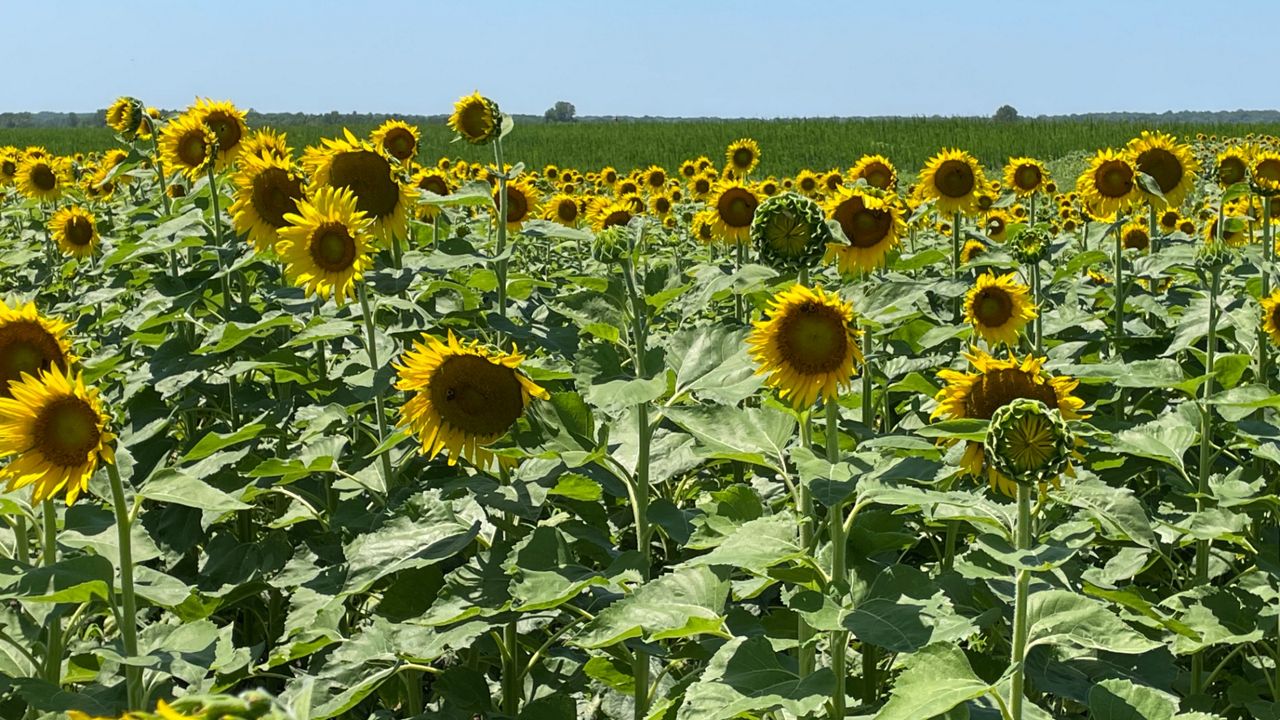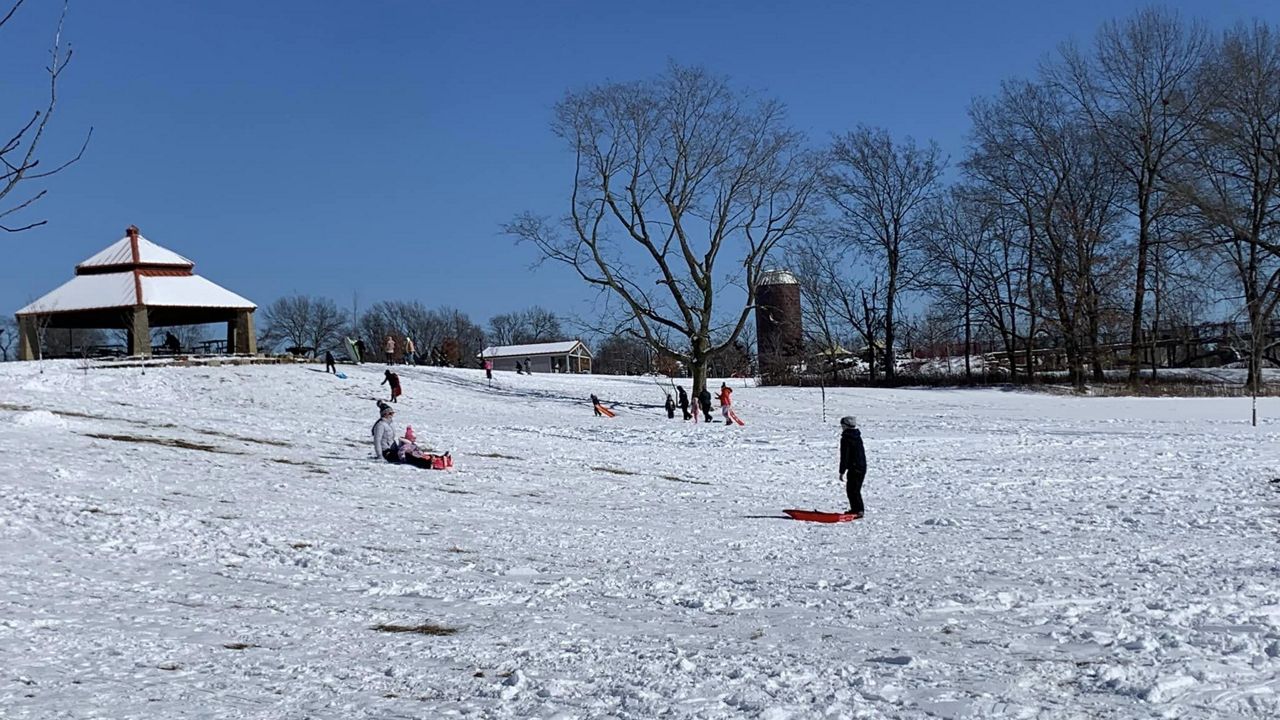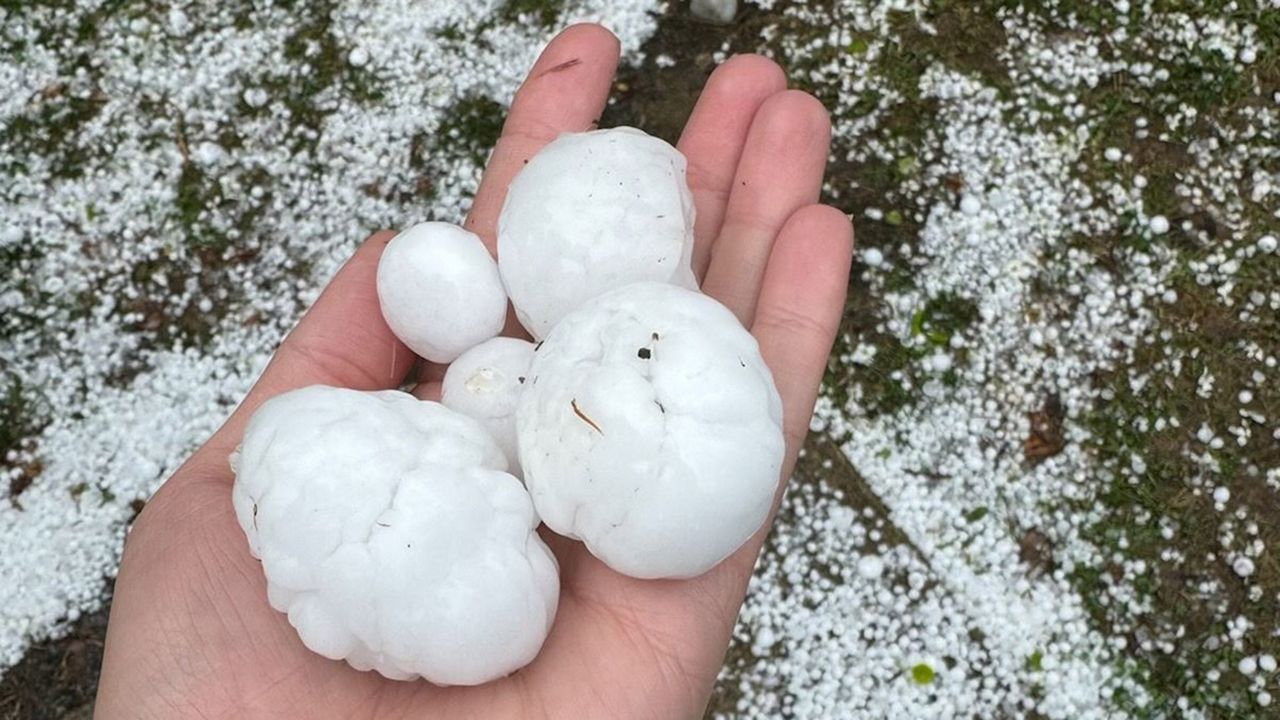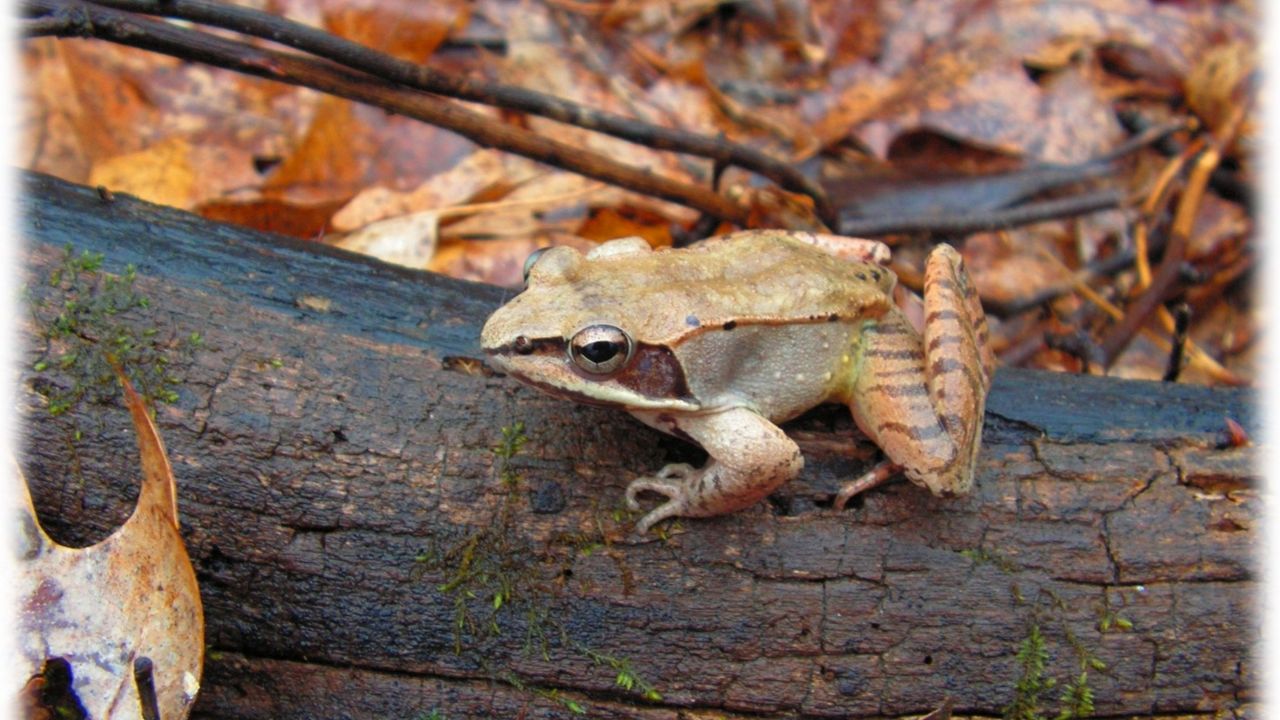ST. LOUIS COUNTY– Summer in Missouri means plenty of blooming, colorful flora. One area comprises bountiful fields of towering sunflowers, Columbia Bottom Conservation Area.
For years now, the Missouri Department of Conservation (MDC) plants fields along the 43,000 acres. In the Spanish Lake region of north St. Louis County, sunflower enthusiasts flock here every summer to take that social media perfect photo.
Luring professional and amateur photographers to this area is part of the reason for the fields, but also for what the flowers do for the region. Native pollinators flourish amongst the flowers and the seeds of sunflowers provide nourishment for local bird populations.
Dr. Gerardo Camilo, Professor of Biology at St. Louis University, and local bee expert, explains why the flowers are so important to our region, especially their “sticky nectar” as he calls it.
“Sunflowers attract lots of types of bees, including honeybees, by making themselves bigger and brighter than other plants." Adding that the relationship between the bee and flower is mutual.
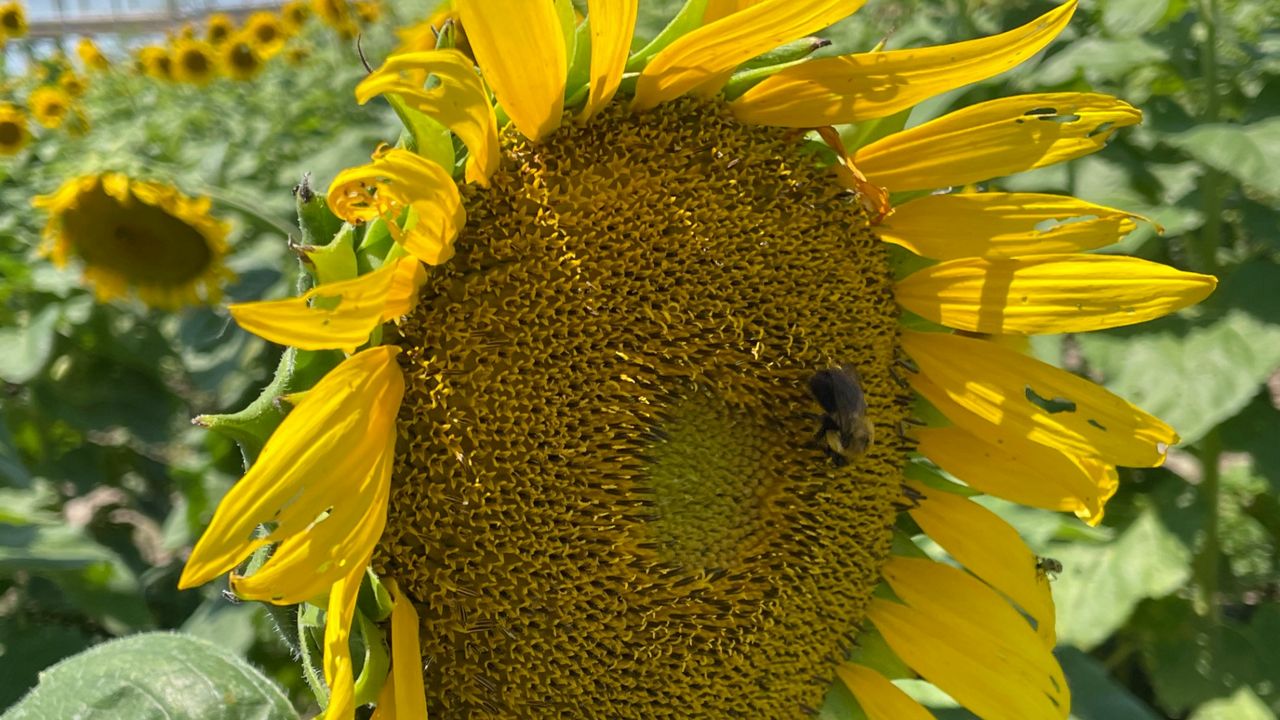
The bees spread their pollen and, in return, the “sticky nectar” helps to clean the guts of bees. Dr. Camilo equates the nectar of a sunflower to eating celery, “It’s not the most flavorful, but provides the most fiber.”
Adding, “Honey bees can bring in some diseases. But the nectar can help clear the bees of the disease.”
Dr. Camilo, along with researchers at Washington University in St. Louis, is a part of the Sunflower Project, planting sunflowers along vacant lots in St. Louis to attract bees.
Not just pretty to look at, these flowers tolerate large amounts of pollution and contaminants in the soil. They absorb a lot of water to aid in surface water runoff and can remedy contaminated soil.
From, seed to full growth of these plants takes about 60 days and stalks can range from 5 feet to 12 feet tall. The final height of these flowers would be determined by the amount of water during growth.
In case you are curious why they are called sunflowers, Dr. Camilo explains, it is the way they grow.
“These ‘heliotropic’ (Greek for moving with the sun) or native sunflowers will face the sun, moving along with it, during the day until they mature. Once mature, their stalks stiffen in a fixed position facing east.”
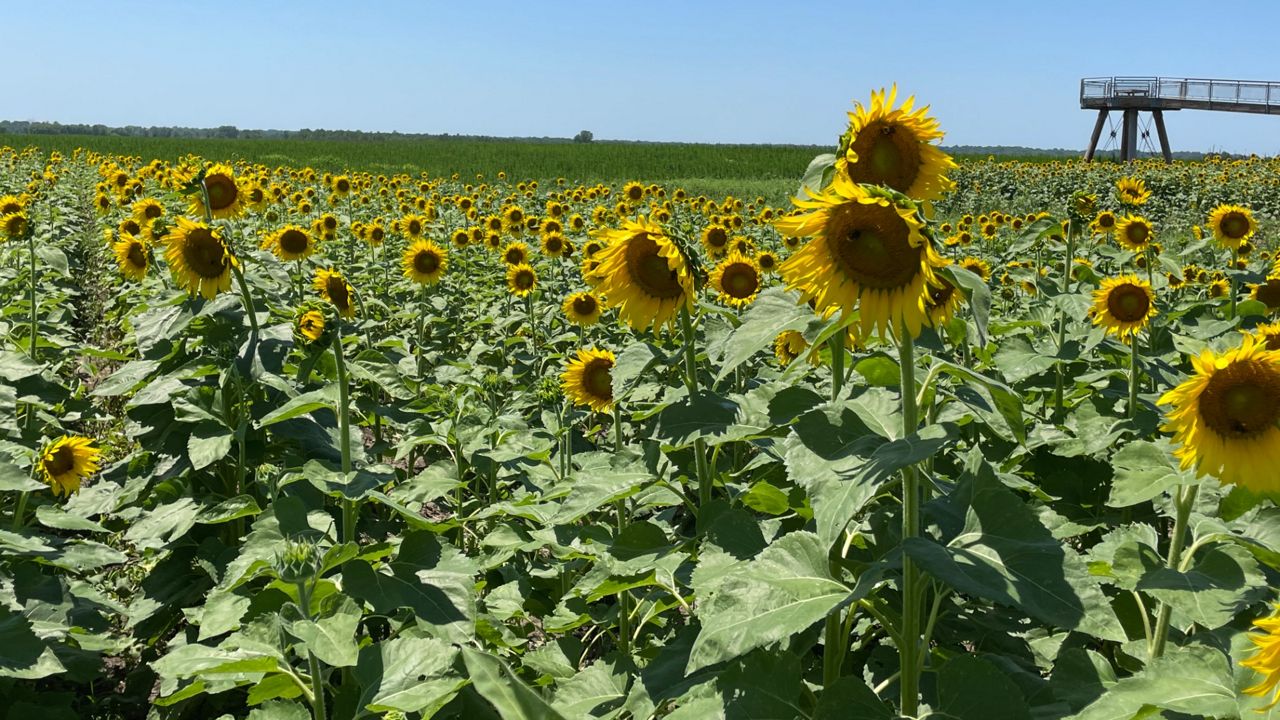
I ventured out to fields earlier this month, before all the rain, to see the beautiful flowers for myself. When I arrived, I noticed something different from what I had observed in previous years.
There seemed to be fewer blooms than last year, and the blooms that I saw appeared shorter. I investigated this further.
Using rainfall data from the St. Louis Lambert International Airport, during planting season (May) the amount of rain was over 5 inches.
However, for the months that followed, during the growing season, rainfall totals were not that impressive, resulting in less than 5 inches for both June and July.
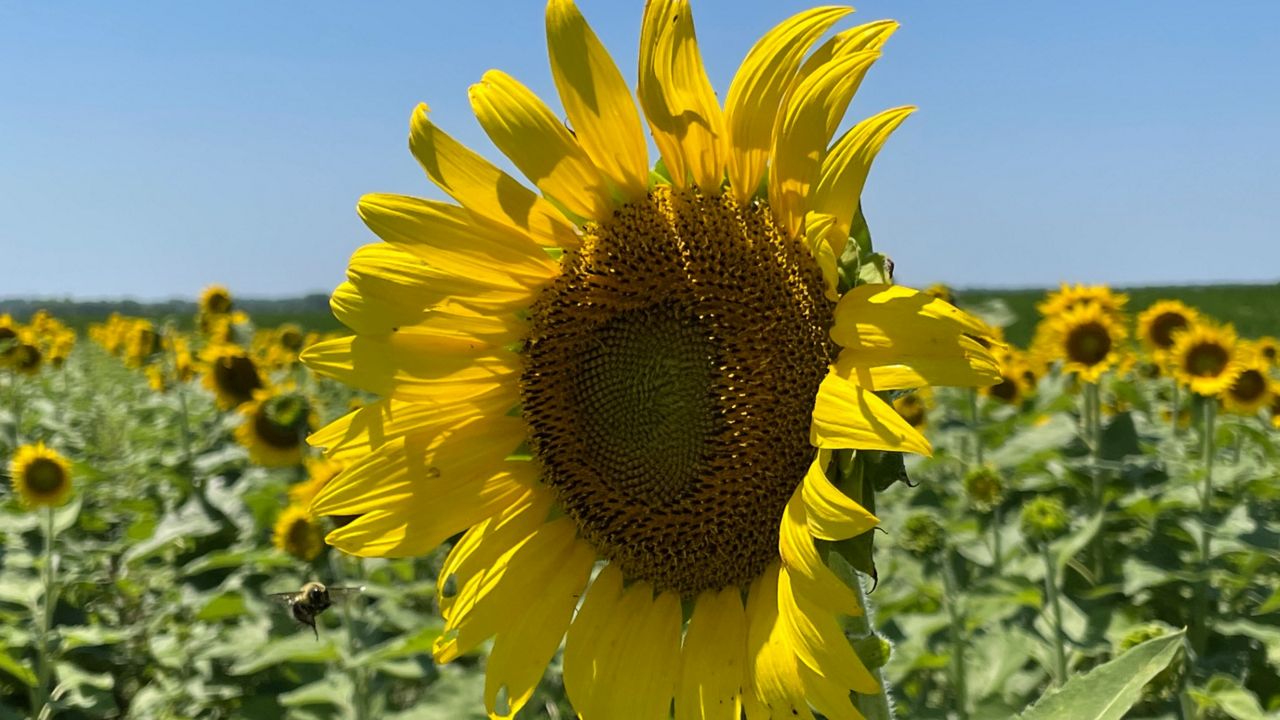
According to the Columbia Bottom Area Manager, Luke Wehmhoff, rainfall is important to the growth of the flowers. “We had a few timely rains as the flowers were first starting to sprout, then didn’t get any rain for almost 3 month.”
They staggered the planting fields to extend the viewing season, but lack of rain impacted the later ones.
“We haven’t noticed any impacts due to rainfall on our earlier planted fields, but the later planted ones intended to extend the bloom viewing are much smaller plants and the fields look sparse in comparison to the others.”
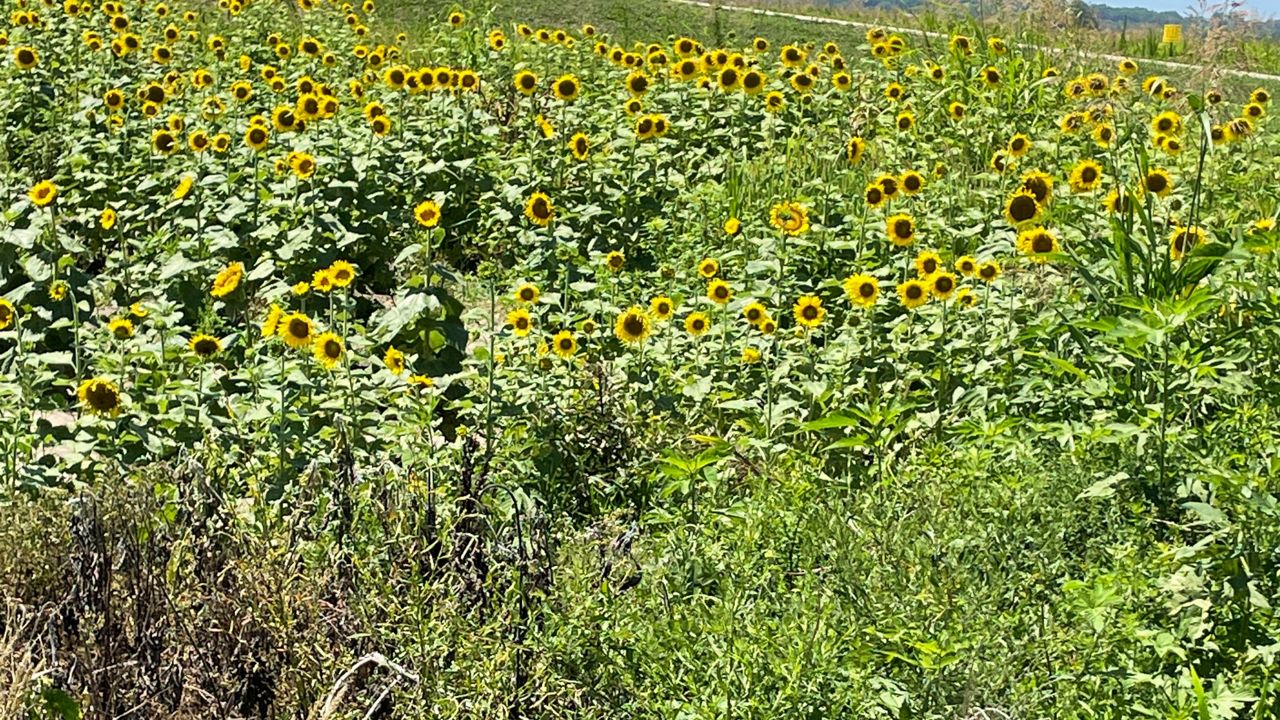
Wehmhoff stressed, if you are planning to venture out to the sunflower fields, best plan that outing sooner rather than later. This week’s rain muddied the fields and sped up the growth of the viewing field blooms.
Adding “There are only 2 fields left, and both have bloomed already because of the extra rain. Given that the sunflowers last about 10 days, it means that the viewing season will probably end a little early this year.”





